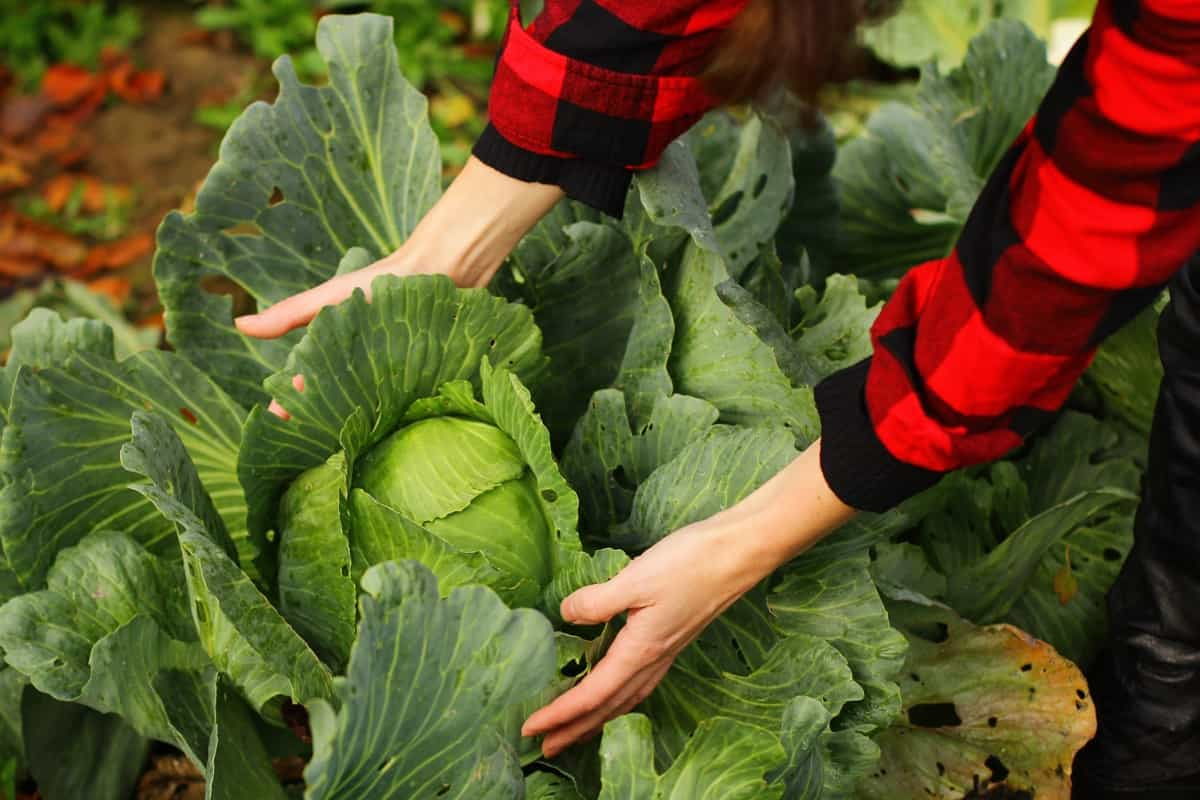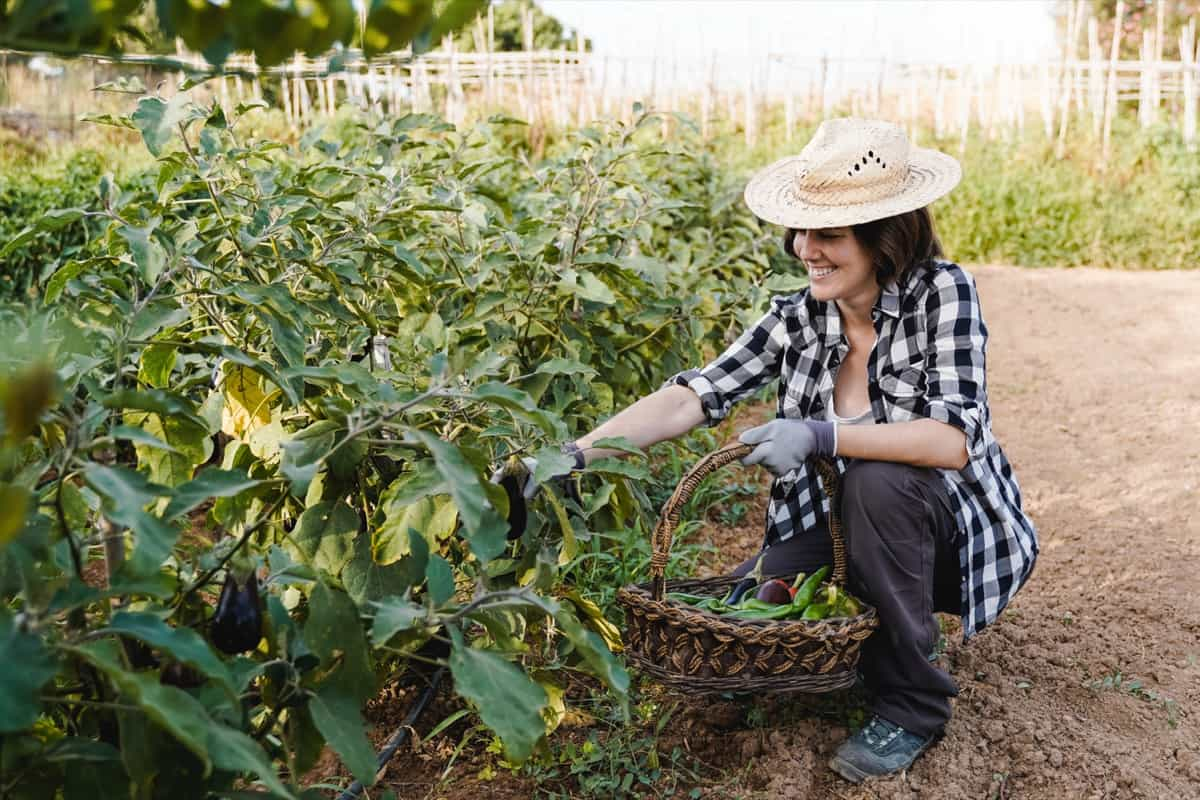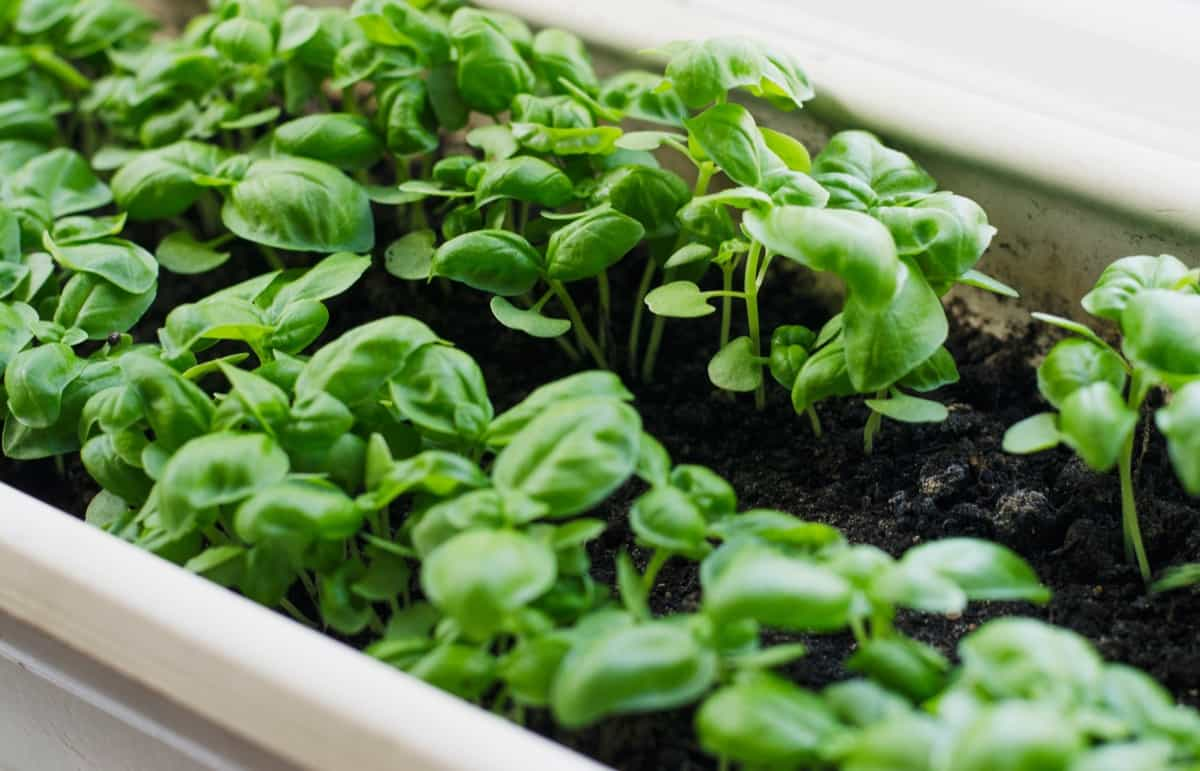With its vast stretches of desert landscapes, Nevada offers a unique challenge for gardeners. What crops can grow in the desert? Interestingly, the desert soil and climate are not as prohibitive to agriculture as one might believe. Numerous vegetables thrive in hot, dry climates, perfect candidates for Nevada’s conditions. Specifically, Las Vegas’s summer, which many might assume is too harsh for crops, still has a selection of vegetables that flourish. This article provides a detailed guide on Nevada’s best vegetables in various seasons.
Best Vegetables to Grow in Nevada in Winter
While the northern regions of Nevada, such as Reno and Elko, experience colder winters, this doesn’t mean gardening has to halt. Vegetables such as kale, spinach, and broccoli can be introduced to the soil during late fall and harvested throughout winter. These greens not only tolerate the cold but, in many cases, their flavor is enhanced by it. Cabbage and Brussels sprouts mature in winter and can also be an excellent addition to the garden. They are cold-tolerant winter vegetables for Nevada gardens that require minimal maintenance but promise bountiful yields.

Cold-tolerant Winter Vegetables for Nevada Gardens
For those who wish to continue their gardening endeavors during the colder months, a range of cold-tolerant crops can be explored. Turnips, beets, and Swiss chard are resilient to frost and often taste sweeter when grown in cooler conditions. Parsnips, which can be harvested after the first freeze, are another excellent choice. They store well, ensuring gardeners have a steady supply throughout the season. Additionally, leafy greens such as mustard and collard greens can be sown in late fall, offering nutritious harvests during winter.
Top Summer Vegetables for Nevada Gardens
Summer can be hot and dry, especially in southern regions like Las Vegas. Yet, some vegetables excel under such conditions. Tomatoes, peppers, and eggplants are heat-tolerant summer vegetables for Nevada gardens that revel in the warmth. Okra is another resilient plant producing abundant yields when most other vegetables struggle.
In case you missed it: What Vegetables Grow in Arizona Summer: Heat-Tolerant Vegetables for Arizona Gardens

Cucumbers can thrive when adequately watered and mulched, providing refreshing harvests throughout the season. It’s worth noting that these vegetables, when grown in desert soil, sometimes carry a unique flavor profile appreciated by many local gardeners.
Ideal Spring Vegetables for Nevada Climate
Spring is a transitional period in Nevada, with temperatures beginning to climb. It’s the time for both early-spring vegetables suitable for the Nevada climate and late-spring ones that prefer slightly warmer conditions. Lettuce, radishes, and peas are ideal candidates for early spring planting.
They germinate quickly, resist the occasional cold snap, and mature rapidly, making them perfect for those eager to start their gardening season. As the soil warms up, beans, carrots, and corn can be introduced. These late-spring vegetables that thrive in Nevada gardens can withstand higher temperatures and are ready to harvest by early summer.
Factors to Consider When Choosing Vegetables for Nevada
When contemplating what to plant, it’s crucial to consider local conditions. Nevada’s diverse climate, from the cooler north in regions like Carson City to the sweltering south in places like Henderson, means one size does not fit all. It’s essential to factor in the local temperature range, soil quality, and available water sources. Crops grown in desert soil might require more frequent watering or specific nutrient amendments. Additionally, while some vegetables enjoy direct sunlight, others might need partial shading during the hottest hours.
Heat-tolerant Summer Vegetables for Nevada Gardens
In areas where temperatures soar, like Mesquite and Boulder City, gardeners need to lean towards crops that can withstand the heat. Zucchini and squash are heat-tolerant champions that yield generously. These summer vegetables that grow in Las Vegas summer are not just heat-resistant but also rapid growers. Melons, particularly watermelons, and cantaloupes, with their deep root systems, can fetch water from the deeper ground, making them suitable for Nevada’s dryer regions. However, they require ample space to spread and grow.
In case you missed it: Why Are My Potted Mums Not Blooming: Reasons, Home Remedies, and How to Fix It?

Early-spring Vegetables Suitable for Nevada Climate
The initial warmth of spring is a welcome change for gardeners. Spinach, which can be planted as soon as the soil is workable, is a nutritious early-spring vegetable suitable for Nevada. Likewise, Asian vegetables such as bok choy can be sown early and gathered before the summer heat arrives due to their short growth period. Onions and garlic, both robust vegetables that prefer cooler conditions, can also be introduced during this phase, ensuring they mature before the sweltering months.
Late-spring Vegetables That Thrive in Nevada Gardens
As spring transitions into summer, it’s time to introduce crops that can withstand rising temperatures. Potatoes planted in hills or raised beds are an excellent choice. They need little upkeep and can be harvested all summer long. Another option is sweet potatoes, which thrive in Nevada’s warmer regions. These tubers are not only delicious but packed with nutrition. Lastly, perennial herbs like basil and oregano can be planted during late spring, providing flavor-packed leaves throughout the growing season.
In case you missed it: Easy and Best Container Plants for Louisiana: For Winter, Shade, and Full Sun (Summer)

Recommended Vegetable Varieties for Successful Gardening in Nevada
Choosing varieties adapted to the state’s climate is essential to ensure success in your Nevada garden. While many vegetables can grow here, selecting those bred for hot, dry climates can significantly affect yield and health. For instance, drought-resistant tomato varieties or bolt-resistant lettuce types will fare better in Nevada’s challenging conditions. Additionally, consulting local nurseries or agricultural extensions can offer insights into which varieties perform best in specific regions of Nevada.
Easiest and Best Vegetables to Grow in Las Vegas
In the scorching desert climate of Las Vegas, not all crops thrive, but several vegetables can be cultivated successfully with the right care. Due to the city’s long, hot summers and minimal frost, plants like Swiss chard, okra, and black-eyed peas flourish, while cooler seasons can support lettuces, kale, and root vegetables such as radishes and turnips.
Regular watering, early morning or late afternoon harvesting, and providing some shade during peak summer months are essential practices for maximum yield. Las Vegas residents seeking a sustainable and fresh source of produce should tap into these resilient vegetables, reaping the benefits of homegrown nutrition while adapting to the desert’s unique challenges.
Soil Preparation and Water Conservation Techniques
One of the secrets behind successful vegetable gardening in Nevada is understanding and nurturing the soil. Desert soils can be alkaline and may lack essential nutrients. Before planting, enrich the soil with well-decomposed compost or organic matter, providing essential nutrients and improving soil structure and water retention.
Given Nevada’s arid conditions, implementing water conservation techniques is crucial. Using drip irrigation systems, mulching around plants to reduce evaporation, and grouping plants with similar water needs together can help make the most out of limited water resources. Moreover, gardening during the cooler parts of the day reduces water loss and stress on the plants.
Pest and Disease Management in Nevada Gardens
The dry climate of Nevada might reduce some typical gardening issues found in more humid regions, but it comes with its challenges. Aphids, spider mites, and whiteflies are prevalent pests in the area. To control their presence, it’s essential to inspect plants regularly for signs of infestation and introduce natural predators, such as ladybugs.
Diseases, while less common due to the dry air, can still occur. Practicing crop rotation, ensuring proper spacing for airflow, and immediately removing any diseased plants can mitigate risks. Utilizing native plants as companions can also deter pests, as they often attract beneficial insects and provide a natural barrier against harmful ones.
Conclusion
Nevada’s unique climate might present challenges, but it also offers opportunities. With the right choices and practices, gardening in the Silver State can be rewarding and fruitful.
- Ultimate Guide to Ossabaw Island Hog: Breeding, Raising, Diet, and Care
- Ultimate Guide to Juliana Pig: Raising Facts, Size, Diet, Care, and Lifespan
- Raising Lleyn Sheep: Disadvantages, Price, Uses, Characteristics, and Care
- Ultimate Guide to Meishan Pig: Breed Facts, Breeding, Raising, and Care
- Ultimate Guide to Teacup Pigs: Raising, Diet, Lifespan, Cost, and Care
- Guide to Raising Poll Dorset Sheep: Facts, Profile, Characteristics, Uses, and Care
- Ultimate Guide to Bighorn Sheep: Characteristics, Diet, Lifespan, Breeding, and Lifecycle
- Ultimate Guide to Raising Katahdin Sheep: Farming Facts, Breed Profile, Uses, and Care
- Ultimate Guide to Raising Oreo Cows: Belted Galloways Farming Facts, Profile, Uses, and Care